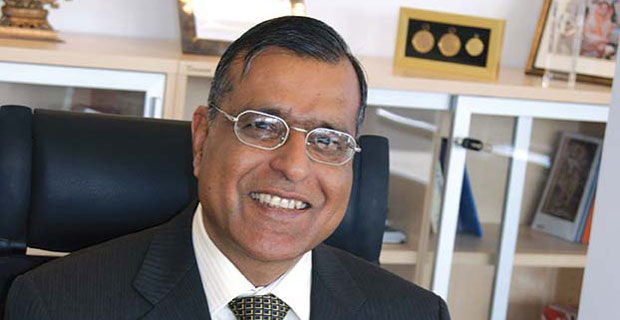Indian Diaspora in the Caribbean–Past and Present
Arrival of Indian indentured workers to the Caribbean ...
For no fault of theirs, from the very beginning, these Indians also invited hostility from the Africans who considered them as intruders adversely affecting the economic gains of emancipated slaves. Language, food and cultural practices suffered an insurmountable blow. Life-style of their African counterparts was completely alien to them. Indian culture transported to the Caribbean comprised Hindu, Muslim and Christians with 85% Hindus, 14% Muslims and 1% Christians. None of them had any similarity to that of Africans and Afro-Europeans. Moreover, Indian cultural practices were viewed as strange and primitive and were ridiculed publicly. Many Members of Indian Diaspora had told me that they would hide to eat Roti and Dal as the Africans would make fun of their vegetarian meals until as late as the 1960s. Their gods and goddesses and the manner of clothing were also the subject of ridicule. Hindu and Muslim religious practices were considered devilish.
Hindu and Muslim marriages were not recognized and their progeny were considered illegitimate until late 1950s. I have seen many birth certificates where the father’s name is not shown and the child has been termed as ‘illegitimate’. Such despicable practice continued for almost 100 years. Imagine the psychological impact on the children who were considered ‘illegitimate’ with no identity of father! Indians also found themselves in trouble with the authorities on trivial issues as their customs and practices were different. Some of them who managed to return back to India were not accepted by the society back home as they were considered ‘contaminated’ after crossing ‘Kala Pani’. Hence many of such returnees were housed in temporary settlements in Calcutta. Therefore, survival or perish were the only choices available to these Indians in these islands far away from their homes.
Under these very harsh conditions a new culture started emerging. The Hindus, the Muslims and the Christians transcending their religious barriers reached out to each other and developed a new bond often known as ‘Jahajibhai’ or ‘jahajicomraderie’. They started celebrating their religious festivities together and shared food and habitation followed by inter-religious marriages giving birth to names like Geeta Mohammed, Salma Maharaj and Shyam Ali. Simultaneously the educational needs of their children forced many to convert to Christianity or at least to adopt Christian names as the schools run by the Church would not accept a child with Hindu name. Thus names like Michael Ramkisoon, Sherry Singh, and John Bharat are common in these countries. Several Hindus also converted for reasons of upwards social mobility. Approximately 30 to 40% Hindus converted in the bigger diaspora countries like Trinidad, Guyana and Suriname. In other island nations like Grenada, Dominica and St. Lucia where the size of Indian community was relatively small, a vast majority of Indians converted to Christianity leaving very little traces of Indian cultural landscape. Such conversions were followed by marriages with the Africans and the Europeans leading to new blood lines. Today in Trinidad there are several families with 4-5 bloodlines. Music and festivities followed the same route leading to the emergence of Soca, Chutney and Steel Pan. In Trinidad annual Carnival - originally a festivity of African emancipation from slavery - has become a national festival with large participation by Indian diaspora. Similarly Mashramani emerged as a national festival in Guyana. Thus new cultural practices emerged over time with fusion of Indian, African, European, Chinese, Indonesian and Syrian cultures. These practices are unique to the Caribbean nations and are rarely found elsewhere.











Comments.